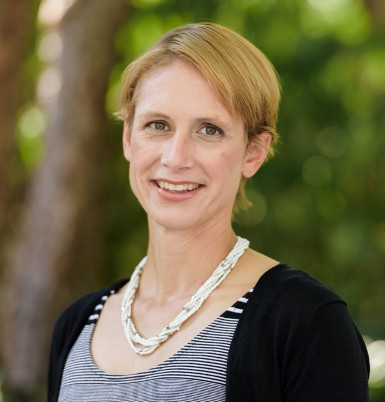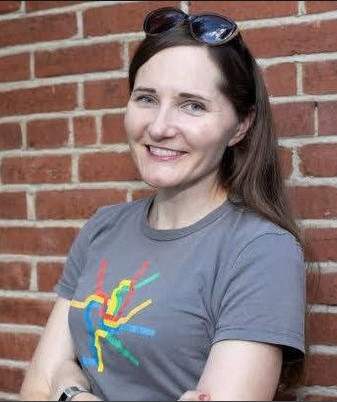Blog / Karyn Tabor & Kellee Koenig / December 20, 2021


The benefits of Earth observations (EO) are realized globally, but not everyone has the same ability to access EO data and tools. EO4IM (Earth Observations for Indigenous-led Land Management) aims to increase Indigenous peoples’ capacities to use EO to achieve their land management goals. EO4IM is a NASA funded project led by Conservation International (CI) and aligned with the ongoing Group of Earth Observations (GEO) AmeriGEO initiative.
EO4IM’s approach starts with a conversation with communities to understand their land management goals and challenges, and how they are already using EO. In parallel, we conduct a social network analysis to map the flow of information within and between communities to identify key connections for information sharing and understand both beneficial and strained relationships. Next, we conduct targeted capacity development with communities so that they can use EO data and tools to help them achieve their goals and resolve conflicts. We are also investing in strengthening Indigenous peoples’ networks by facilitating knowledge sharing among communities at the local and regional levels, and ensuring that their voices are heard on global platforms through their representatives and through global networks such as the GEO Indigenous Alliance.
The pilot groups in this project, the Achuar Nationality in Ecuador and the Awajún Indigenous Group in Peru, were selected for their interest in technical training, resources to use EO data, and are already connected to CI.
Through multiple capacity development activities, both online and in-person, EO4IM enhanced the capacity of Indigenous people to assess and use EO data for mapping, monitoring, and preserving cultural heritage. Most notably, the project expanded Indigenous representation within GEO and strengthened networks at multiple scales to increase knowledge exchange of EO applications leveraged by Indigenous peoples.
Just like learning, capacity development is not a one-time activity. We will continue the iterative process of community engagement and capacity development to support the evolving land management needs, challenges, capacities, and goals of the communities.
For more information visit the EO4IM website.
We need Earth observations to make better decisions to protect the buffalo, to protect their lands and habitat. We need that work to be done together. We need capacity development. We need applications of science. We need economic development to provide a prosperous tribal community. We need training for our youth, training for both our native knowledge and as well for cutting edge scientific techniques.
-James Rattling Leaf Sr. (Rosebud Sioux Tribe) founding member of the GEO Indigenous Alliance, speaking at the 2019 GEO Ministerial Week as the first Indigenous representative for the US GEO delegation.
Key outcomes:
Partners involved:
About the authors

Karyn Tabor (she/her/hers) is the Senior Director of Ecological Monitoring in the Betty and Gordon Moore Center for Science at Conservation International.

Kellee Koenig (she/her/hers) is the Senior GIS Manager and Cartographer in the Betty and Gordon Moore Center for Science at Conservation International.
Thank you for your subscription to the GEO Week 2019 mailing list.